Before you decide that all animals are just cuddly balls of fluff, think again. Some of the cutest creatures in the animal kingdom are surprisingly fierce, equipped with survival skills that would put action heroes to shame. Don’t let their charming exteriors fool you—these animals are not to be underestimated. Whether you’re an animal lover or just someone who enjoys a good surprise, this list will change how you see the wild world. So, who are these adorable yet savage beings? Let’s dive into the paradox of cute and fierce.
1. Quokka
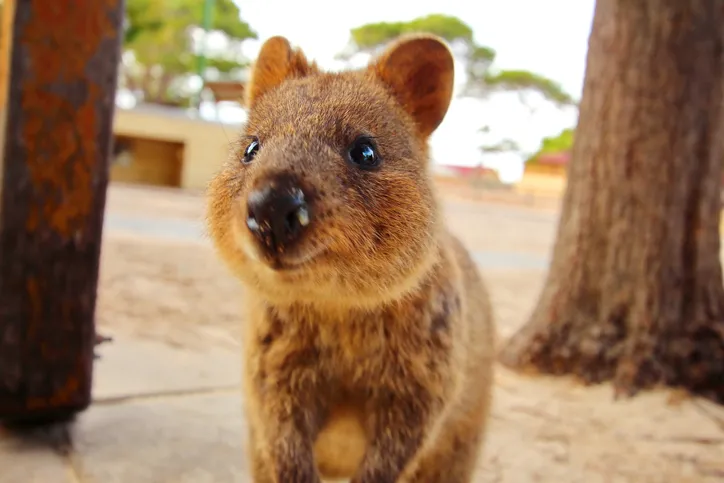
Ah, the quokka—the world’s happiest animal with its perpetual grin and fuzzy exterior. Native to Western Australia, these marsupials are often social media darlings thanks to their selfie-friendly looks. But don’t be fooled by their charming smiles; quokkas are opportunistic grazers with a surprisingly aggressive side. When threatened, they won’t hesitate to use their sharp claws and teeth to fend off predators. According to a National Geographic feature, quokkas can also be quite territorial, often engaging in fierce disputes over food and space.
While they may not pose a threat to humans, quokkas can be pretty deceptive in their behavior. In the animal kingdom, they are known to employ a rather ruthless survival tactic. When under threat, a mother quokka may sacrifice her own baby by tossing it out of her pouch to distract predators. This act of diversion allows the mother to escape while the predator focuses on the easier prey. It’s a harsh reality that shows just how savage these little guys can be when survival is at stake.
2. Red Panda
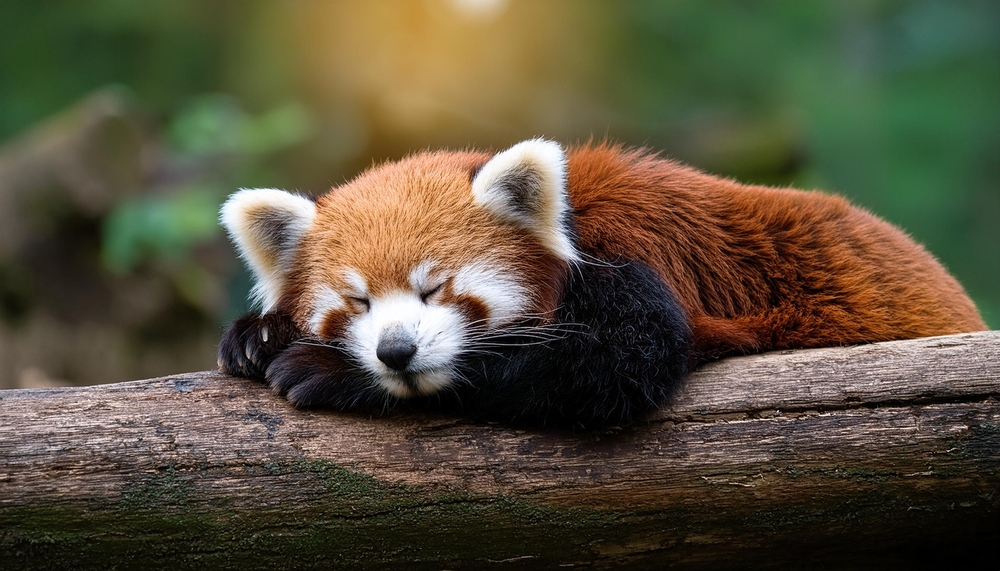
Sure, red pandas look like the perfect mix of a raccoon and a teddy bear, but don’t let their cuteness fool you. These forest-dwelling creatures from the Eastern Himalayas have a feisty side that comes into play when they feel threatened. Instead of cowering in fear, red pandas rise on their hind legs, using their sharp claws to appear larger and more intimidating. They are also known to hiss and growl, serving as a warning to any unwelcome visitor. Their adorable façade masks these defensive tactics that can catch predators—and people—off guard.
Red pandas are solitary creatures by nature, spending most of their time alone unless it’s mating season. They are territorial and will go to great lengths to protect their space from intruders. When not warding off threats, they are agile climbers, capable of navigating treetops with incredible precision. This ability helps them escape from danger and catch prey more efficiently. Despite their size, red pandas are resourceful survivors who have adapted well to their challenging environment.
3. Slow Loris
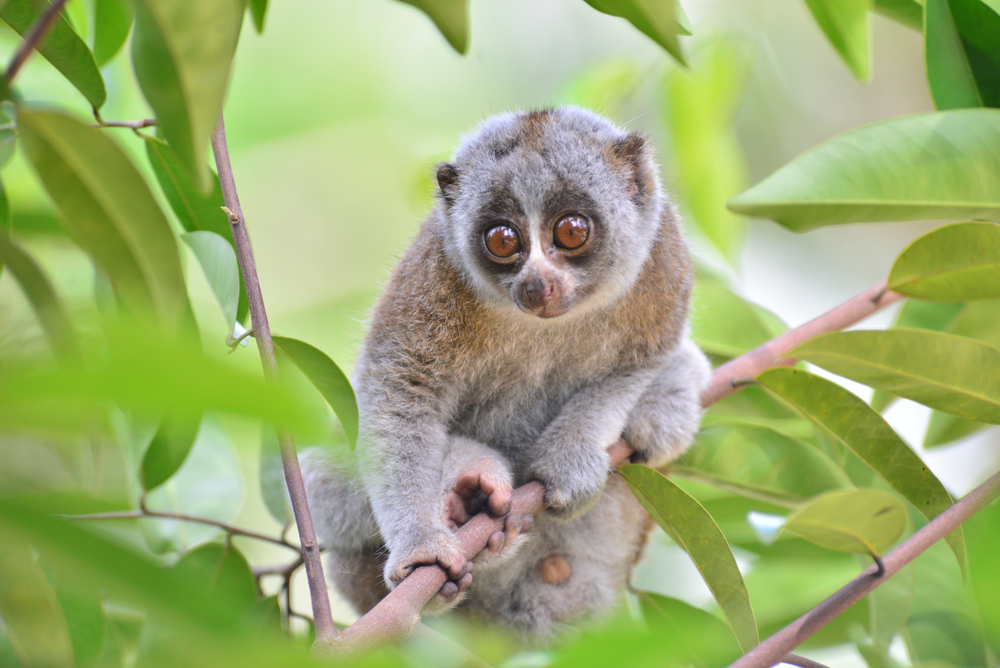
The slow loris may appear to be one of nature’s most innocent-looking creatures with its big eyes and soft fur. But don’t be misled by their gentle appearance; these nocturnal primates pack a venomous punch. Equipped with toxic saliva, a bite from a slow loris can cause allergic reactions and even fatalities in some cases. According to a report in BBC Earth, their venom is so potent that it can deter even the most tenacious of predators. It’s a stunning example of how nature has equipped this tiny mammal with formidable defenses.
Their toxicity is just one part of what makes the slow loris a surprisingly fierce animal. They use this venom in territorial fights, making them unexpectedly dangerous to other slow lorises as well. Besides using their venom for defense, they also mark their territory with it, ensuring other animals think twice before encroaching. This level of toxicity and territoriality is quite unusual for such a seemingly docile creature. So, while they might win you over with their adorable eyes, remember that slow lorises are not to be underestimated.
4. Cassowary
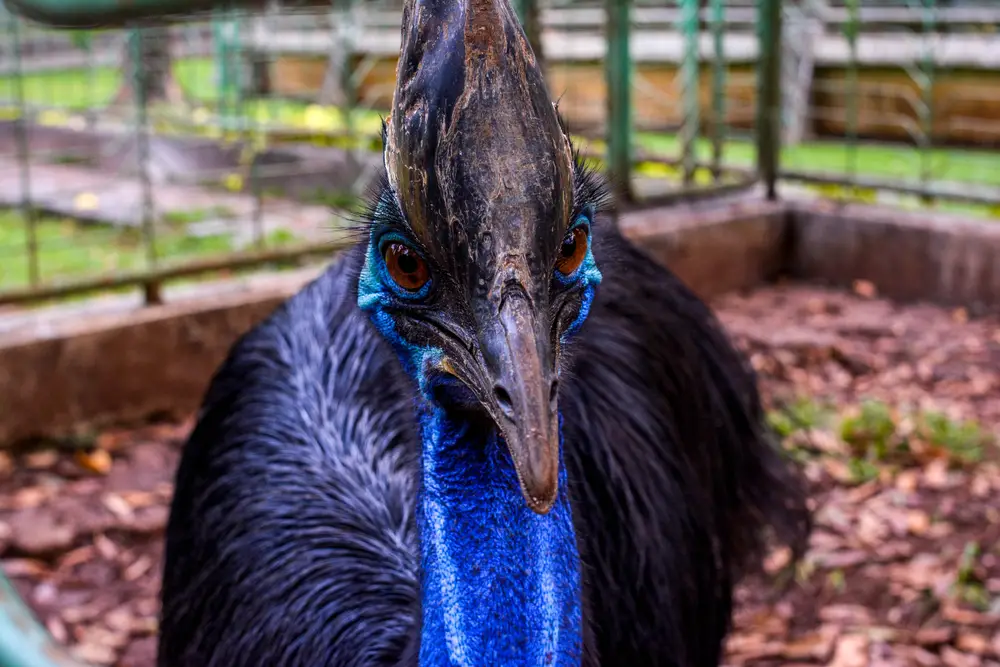
You might not expect a bird to be on this list, yet the cassowary is a force to be reckoned with. Native to the tropical forests of New Guinea and Northern Australia, these oversized, flightless birds are best known for their striking appearance. Standing as tall as a human, they have a horn-like casque on their heads and a vibrant blue neck. But when it comes to defense, it’s their dagger-like claws that do the talking. Capable of delivering powerful kicks, cassowaries have been known to disembowel attackers in self-defense scenarios.
Despite their intimidating reputation, cassowaries are generally shy creatures who prefer to avoid confrontation. They spend most of their time foraging for fruit and other plant materials in the dense undergrowth. However, when provoked or cornered, they transform into formidable adversaries. Their ability to sprint at speeds of up to 31 miles per hour aids in both attack and escape. With such a combination of speed and power, cassowaries truly are a paradox of beauty and beast.
5. Honey Badger
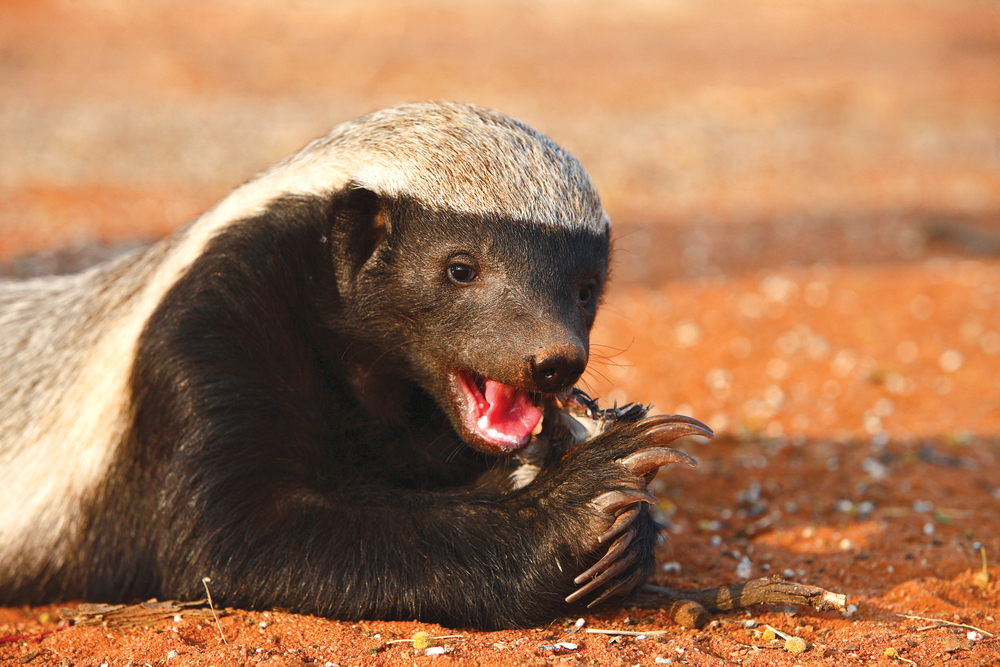
The honey badger may look like a quirky little creature, but don’t let its unassuming exterior fool you. Known for their fearlessness, these relentless animals can take on much larger adversaries without batting an eye. Armed with tough skin and sharp claws, honey badgers are skilled fighters that can fend off predators like lions and hyenas. According to a documentary by National Geographic, honey badgers are not only aggressive but also highly intelligent, employing cunning strategies during confrontations. Their unwavering bravado has earned them a legendary status as one of the most fearless animals on the planet.
Their diet is just as varied and bold as their fighting skills. Honey badgers are known to eat venomous snakes, tearing into them with ease despite the risk of getting bitten. Their resistance to certain toxins allows them to tackle prey that would deter other animals. In addition to snakes, they enjoy a diverse menu that includes insects, rodents, and, of course, honey. Their versatility in both diet and defense makes them one of the most adaptable and formidable animals out there.
6. Tasmanian Devil
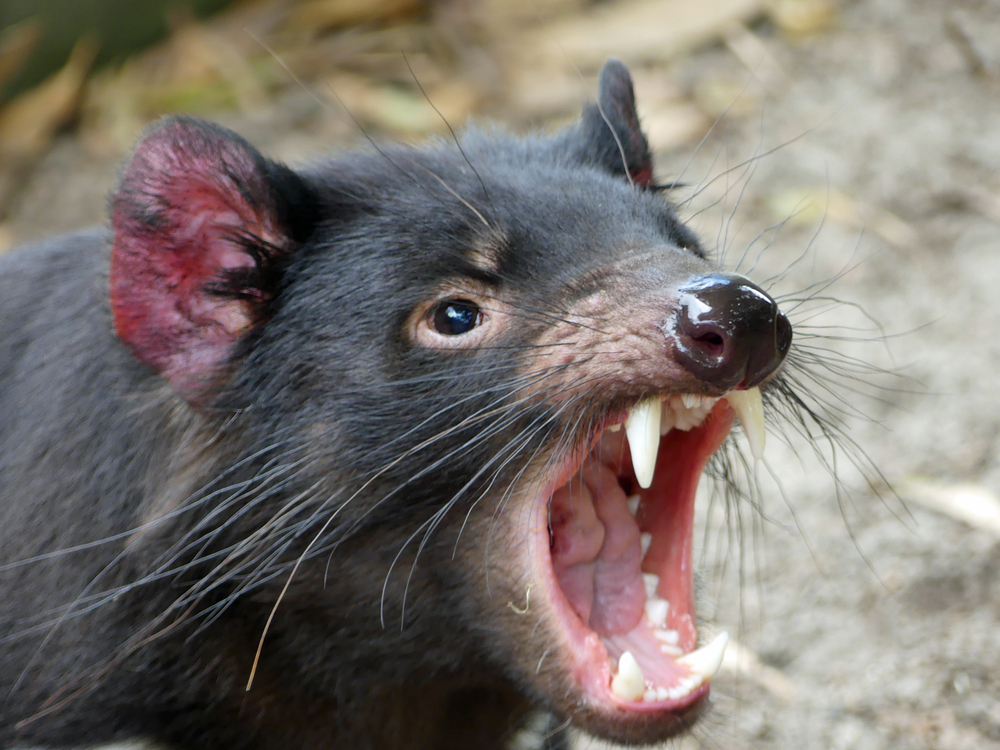
Don’t let the cartoonish image of the Tasmanian Devil fool you; these creatures are as fierce as they come. Native to Australia, these nocturnal marsupials are known for their loud, blood-curdling screeches and voracious appetites. With powerful jaws and sharp teeth, they can consume an entire carcass, bones and all. Their jaws have the strongest bite relative to body size of any living mammalian carnivore, making them formidable predators. Despite their small size, Tasmanian Devils can put up a fierce fight when challenged, living up to their devilish name.
Socially, these animals are not too different from their cartoon counterparts, often engaging in noisy disputes over food. While generally solitary, they will gather in groups when feeding, leading to aggressive and competitive interactions. Their loud vocalizations and aggressive behavior serve to establish hierarchy and deter others from encroaching on their food sources. Rest assured, witnessing a group of Tasmanian Devils feeding is an experience that leaves an indelible impression. Their tenacity and strength are a testament to their survival skills in the wild.
7. Mantis Shrimp

The mantis shrimp may look like just another colorful sea creature, but its appearance belies some astonishing capabilities. Found in tropical and subtropical waters, these crustaceans are equipped with some of the most powerful weapons in the animal kingdom. With club-like appendages that can strike with the speed of a bullet, mantis shrimp can shatter aquarium glass and crack open shellfish. According to a study in the journal *Science*, their punch is one of the fastest movements in the animal kingdom, making them lethal hunters. This incredible speed and force give them a notorious reputation beneath the waves.
Beyond their physical prowess, mantis shrimp also possess extraordinary vision. They have some of the most complex eyes in the animal kingdom, capable of seeing polarized light and an extensive range of colors. This unique vision helps them detect prey and navigate their vibrant underwater environment with remarkable precision. With such a combination of sight and strength, mantis shrimp are more than just pretty faces in the ocean. Their blend of beauty and brawn is a marvel of nature’s ingenuity.
8. Wolverine
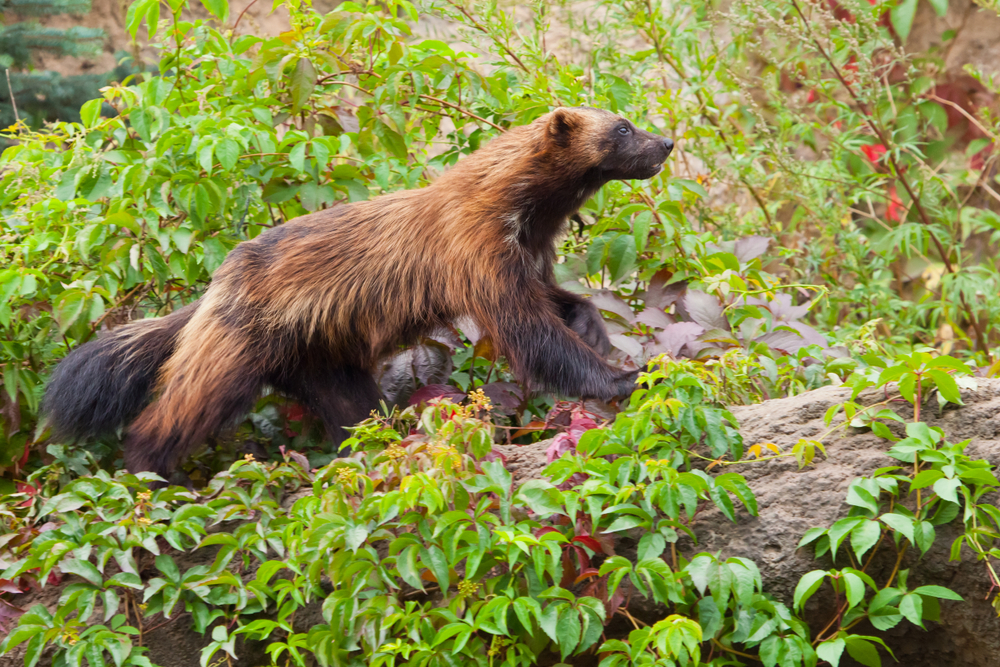
The wolverine, often mistaken for a small bear, packs a punch that’s far larger than its size suggests. Found mainly in the remote reaches of the Northern Hemisphere, these solitary animals have earned a reputation as one of the fiercest survivors in the wild. They are known for their strength and ferocity, often taking down prey much larger than themselves. With powerful jaws and sharp claws, wolverines can tackle tough opponents with surprising ease. Despite their small stature, they have been known to fend off wolves and even bears when necessary.
Wolverines are opportunistic feeders, with a diet as versatile as their fighting skills. They will eat anything from small rodents to larger animals like deer, making use of their powerful senses to track down food. Known for their incredible endurance, they can cover vast distances in search of prey, making them highly effective hunters. Their solitary nature means they rely entirely on their own abilities to survive in challenging environments. In the world of wildlife, wolverines epitomize the idea that size isn’t everything.
9. Platypus
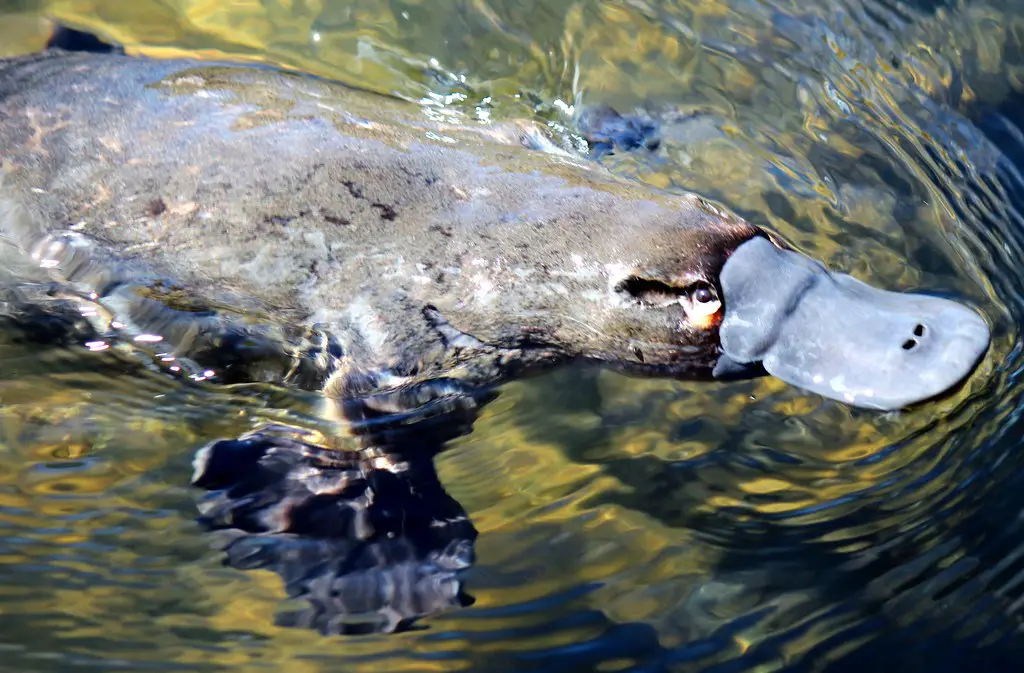
The platypus is often seen as one of nature’s quirkiest creations, but it has a hidden weapon that’s far from amusing. Native to eastern Australia, this unique mammal is one of the few venomous mammals on the planet. Male platypuses have venomous spurs on their hind legs, capable of delivering a painful sting to potential threats. While not lethal to humans, the venom can cause severe pain and swelling. This surprising feature makes the platypus a creature that’s as enigmatic as it is dangerous.
Beyond their venoms, platypuses have other unusual traits that set them apart. They are monotremes, meaning they lay eggs instead of giving birth to live young, an attribute shared with only a few other mammals. Equipped with a duck-like bill, they use electroreception to locate prey in murky waters. This ability allows them to hunt with remarkable efficiency, capturing small fish and invertebrates with ease. With such a fascinating array of features, the platypus continues to intrigue scientists and animal lovers alike.
10. Puffin
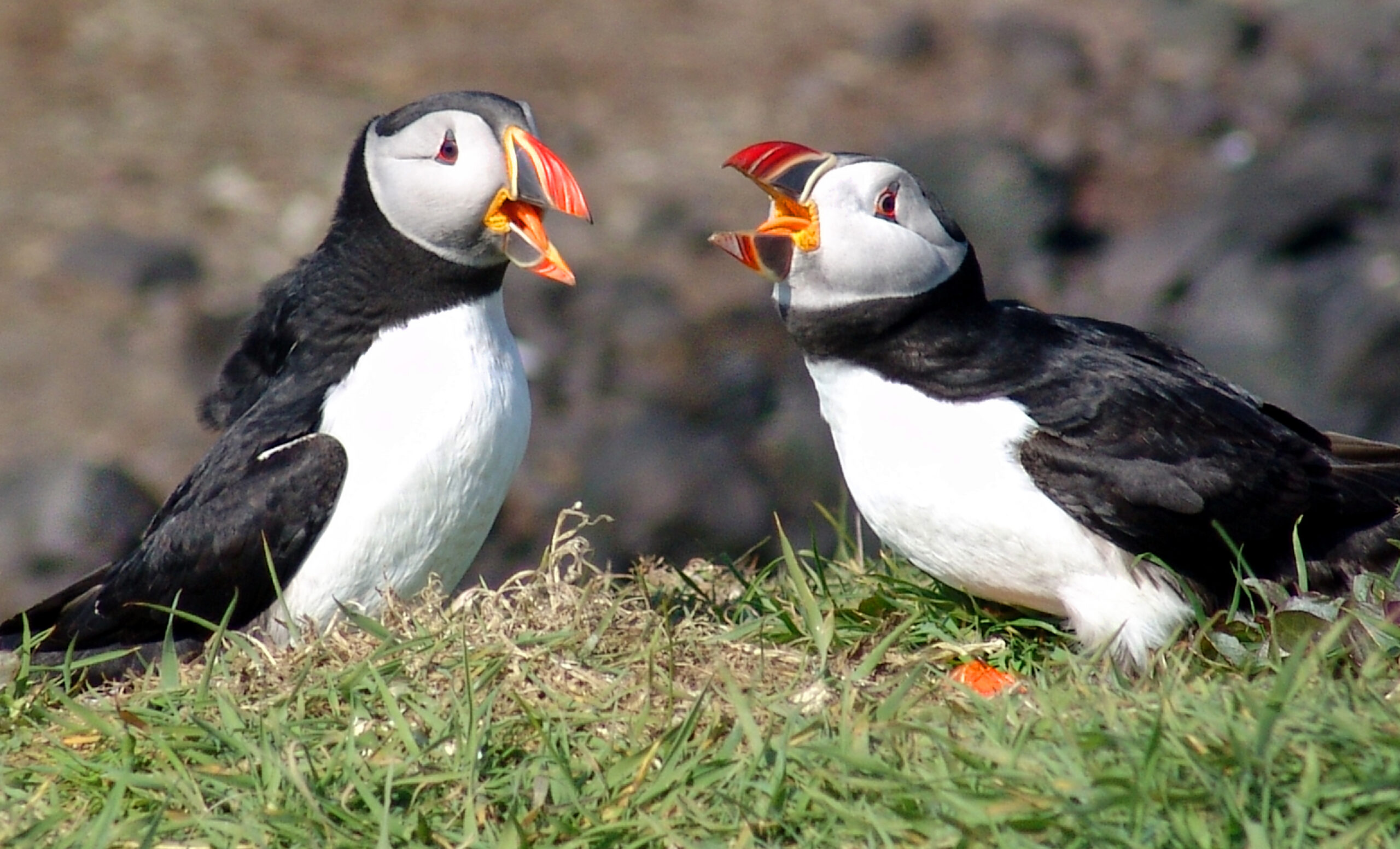
The puffin, often dubbed the “clown of the sea,” is as resourceful as it is adorable. These seabirds, with their colorful beaks and endearing waddles, are more than just photogenic creatures. They are expert fishers, diving to impressive depths to catch their prey. Puffins use their wings to “fly” underwater, reaching speeds of up to 55 miles per hour. Such agility and speed make them formidable hunters in the marine world.
On land, puffins are equally impressive with their nesting strategies. They burrow into cliffsides to create nests, protecting their young from predators and harsh weather. This subterranean lifestyle makes them difficult targets for aerial predators like gulls. Despite their small size and comical appearance, puffins are fiercely protective parents. They will defend their nests with surprising determination, a testament to their survival instincts.
11. Hedgehog
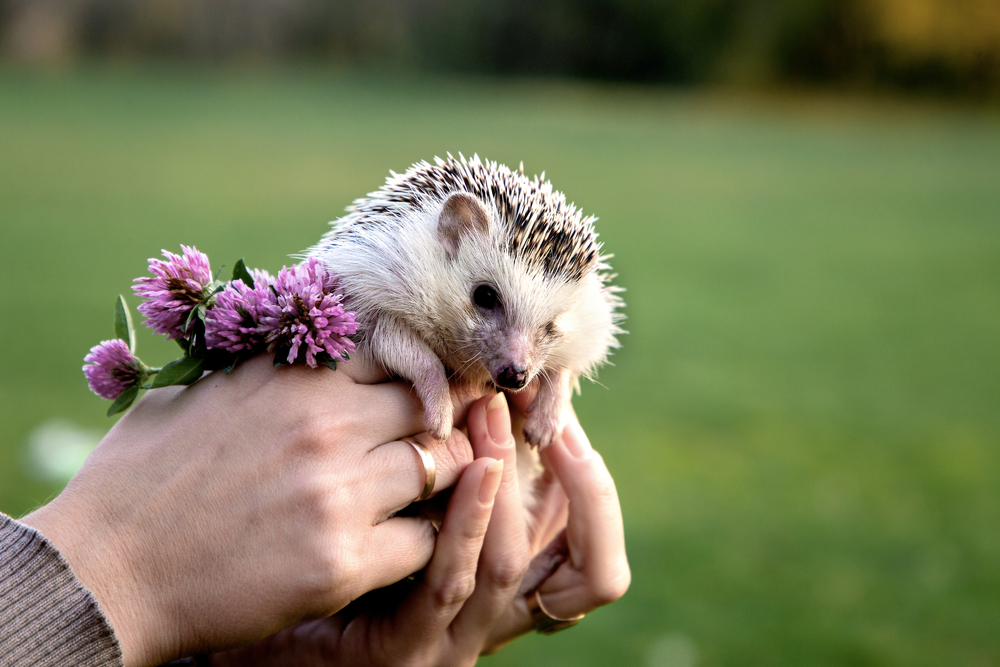
Hedgehogs, with their spiky exteriors and curious little noses, might look like nature’s perfect pet, but they have a prickly side in more ways than one. These nocturnal creatures are equipped with a coat of sharp quills that serve as an impressive defense mechanism. When threatened, a hedgehog will curl into a tight ball, using its quills as a shield against predators. This simple yet effective strategy deters many would-be attackers who find the spiky armor too formidable to breach.
Besides their defensive quills, hedgehogs are known for their resourceful foraging habits. They are omnivorous, feeding on a diet that includes insects, snails, frogs, and even small snakes. Their keen sense of smell and hearing aids them in locating food, making them efficient hunters. Despite their small size, hedgehogs are surprisingly resilient creatures, capable of thriving in a variety of environments. Their ability to adapt and defend makes them fascinating examples of survival in the natural world.
12. Sea Otter
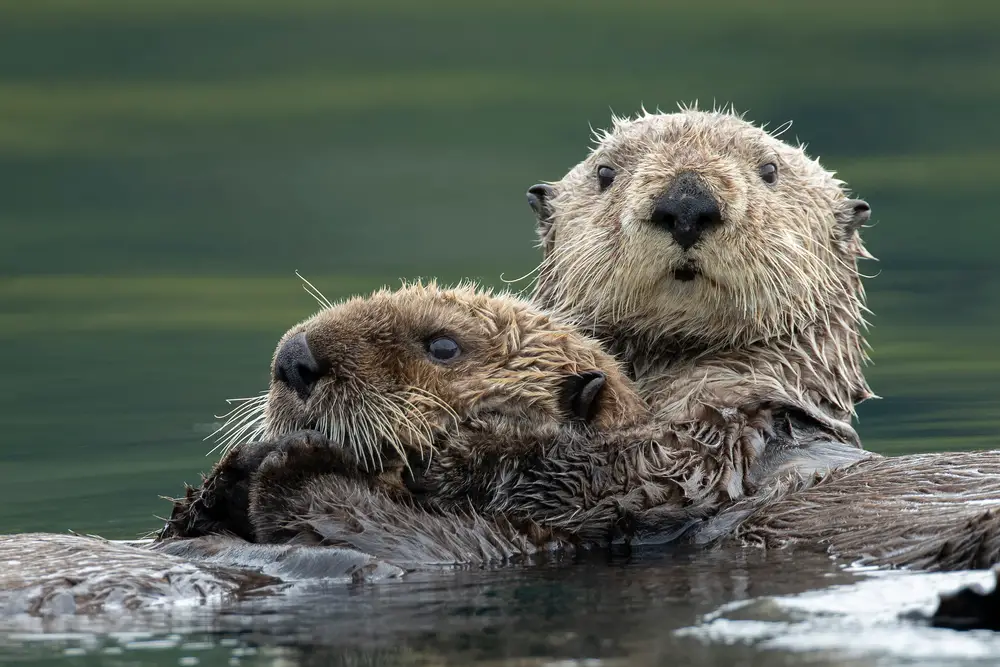
Sea otters are the epitome of adorable with their playful antics and expressive faces, yet they are fierce guardians of their territories. Found along the coasts of the North Pacific Ocean, these marine mammals are known for their intelligence and dexterity. They use tools like rocks to crack open shellfish, showcasing a level of problem-solving ability that’s rare among animals. When it comes to defending their territory or protecting their young, sea otters can be surprisingly aggressive. They will engage in fierce battles with other otters, using their sharp teeth and powerful forelimbs to assert dominance.
Their playful appearance belies a life of strategy and survival in frigid waters. Sea otters have an incredibly dense coat of fur that insulates them against cold, allowing them to spend extended periods hunting and foraging in the water. They are social animals that often float together in groups called rafts, which can consist of up to 20 individuals. This social structure helps them protect against predators like sharks and orcas. In the world of marine mammals, sea otters are both endearing and formidable.
13. Koala
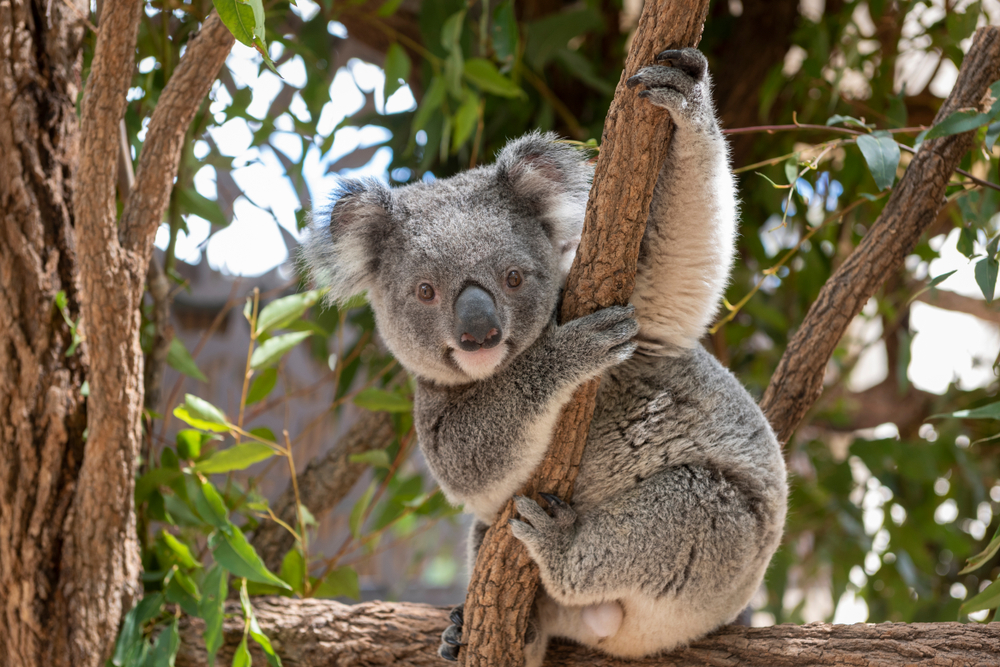
Often mistaken for cuddly teddy bears, koalas are far more territorial and solitary than their appearance suggests. Native to Australia, these marsupials spend most of their lives high up in eucalyptus trees. Koalas have sharp claws and powerful limbs, which they use not only to climb but also to fend off rivals. Despite their sleepy demeanor, they are known to be quite vocal and can produce a range of sounds from bellows to screams. These vocalizations are part of their strategy to establish territory and ward off intruders.
Their diet of eucalyptus leaves doesn’t make them the most energetic animals, yet it provides them with the sustenance they need to survive. Koalas have a highly specialized digestive system that detoxifies the poisonous compounds in their food. They are incredibly picky eaters and have been known to defend their preferred trees fiercely. Despite their reclusive nature, koalas are not afraid to stand their ground when necessary. Their blend of cuteness and tenacity is a reminder that appearances can be deceiving.
